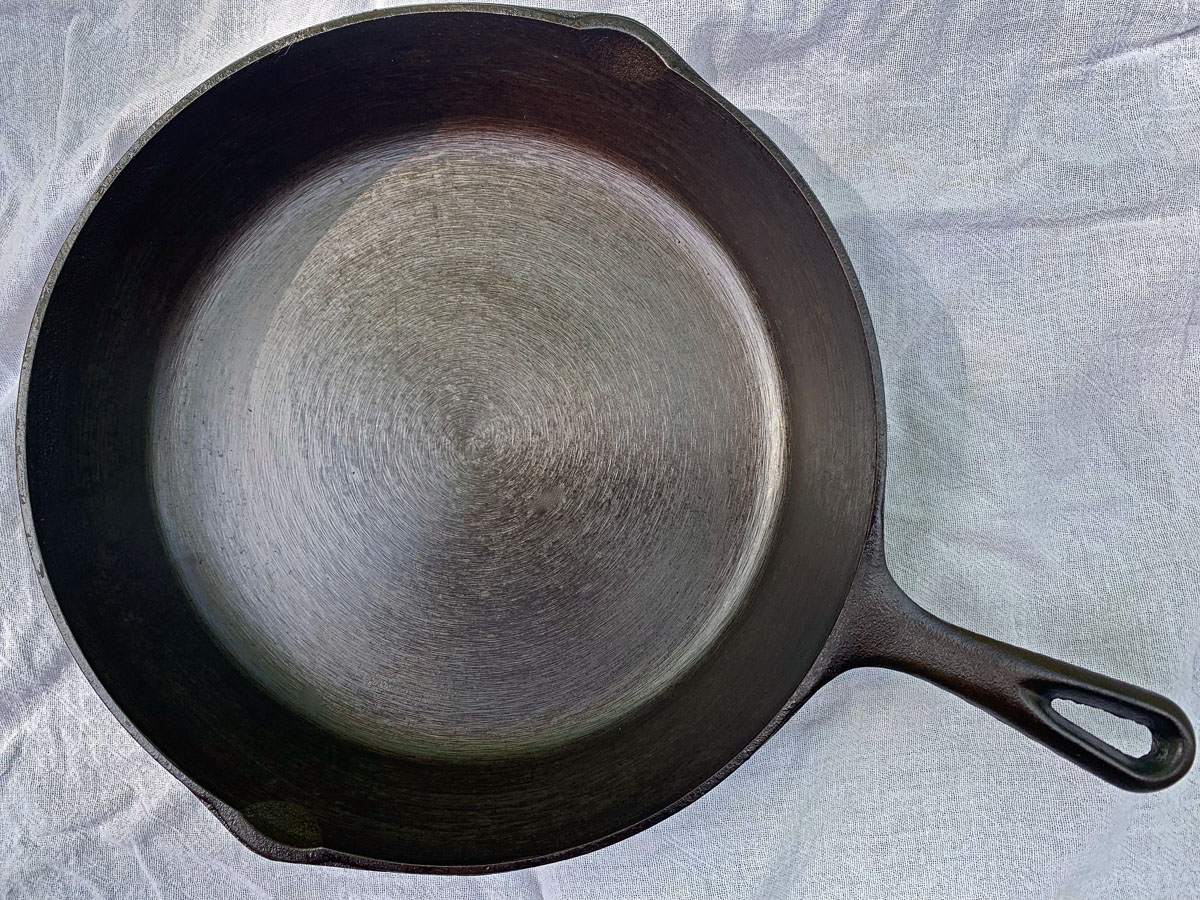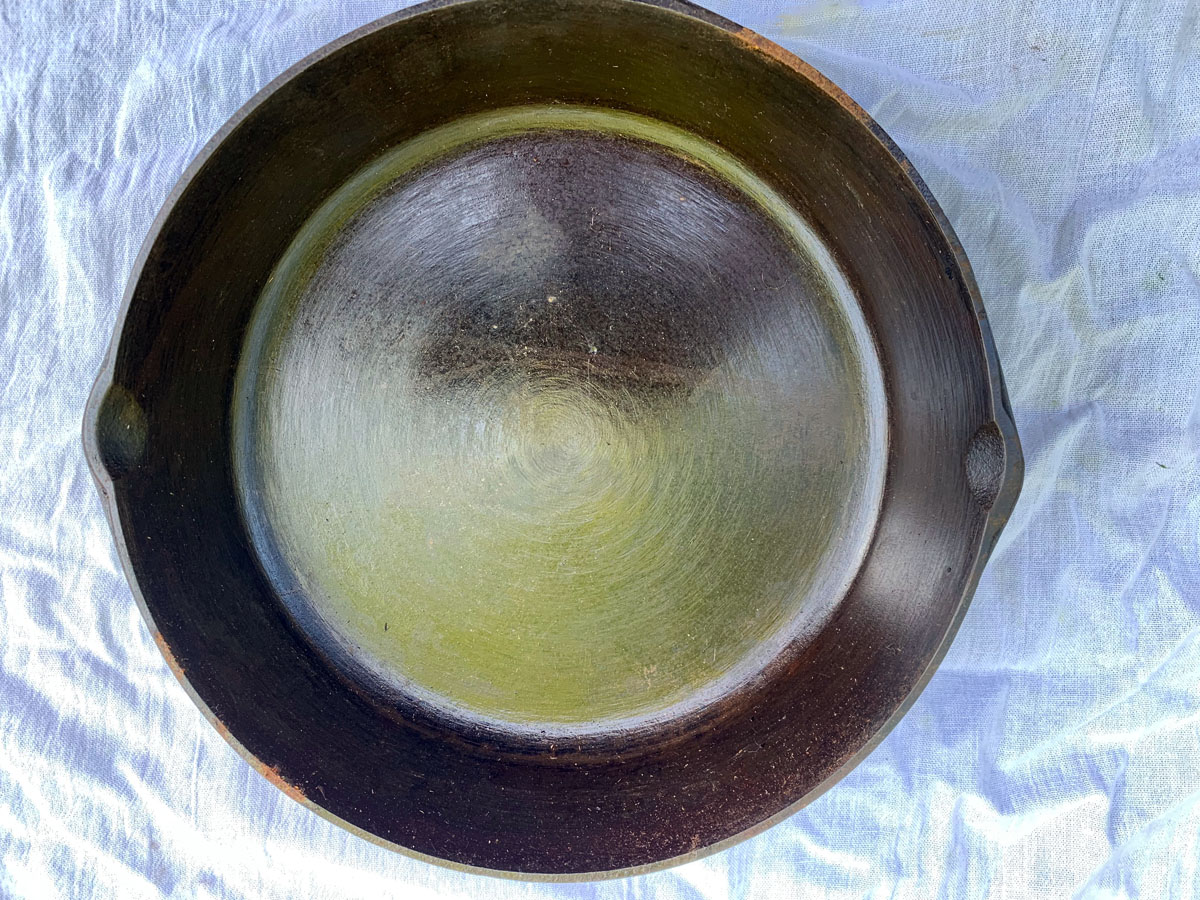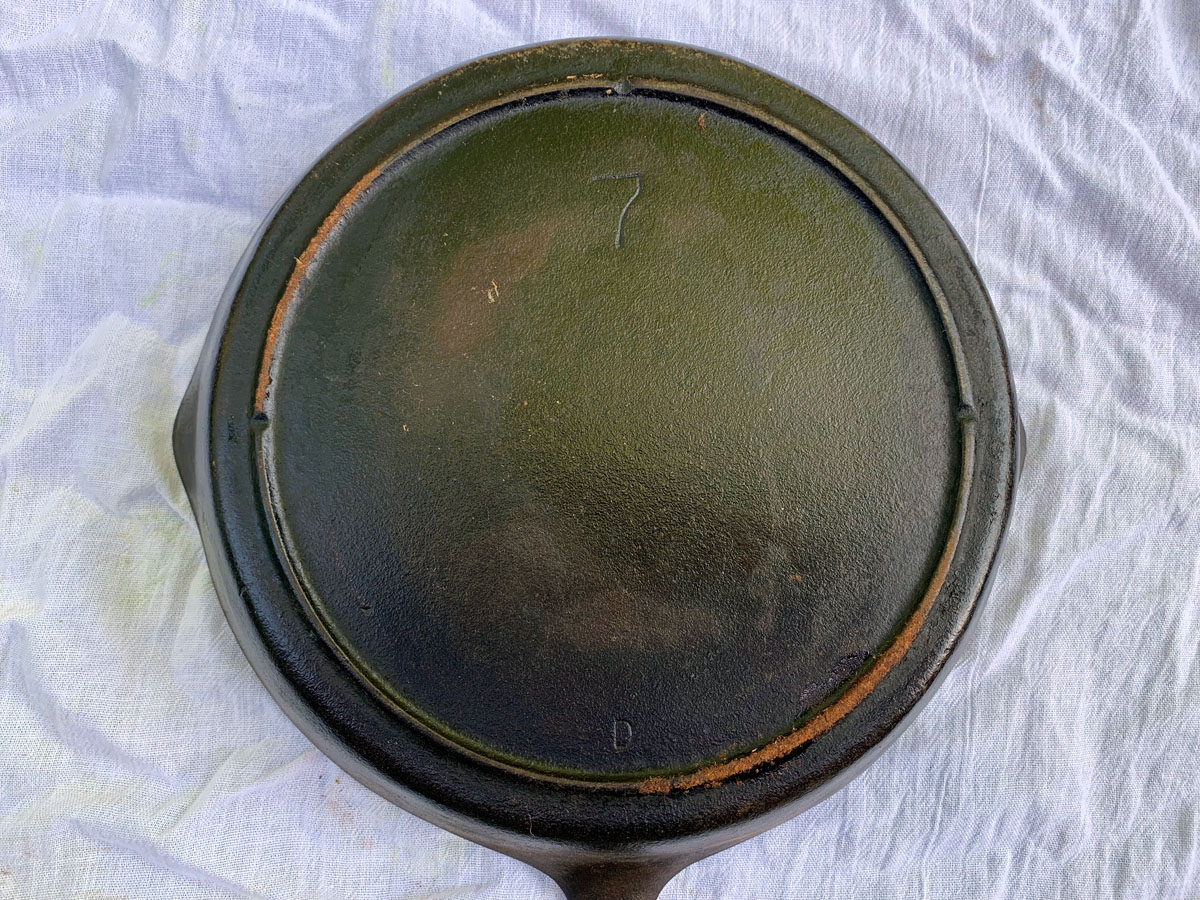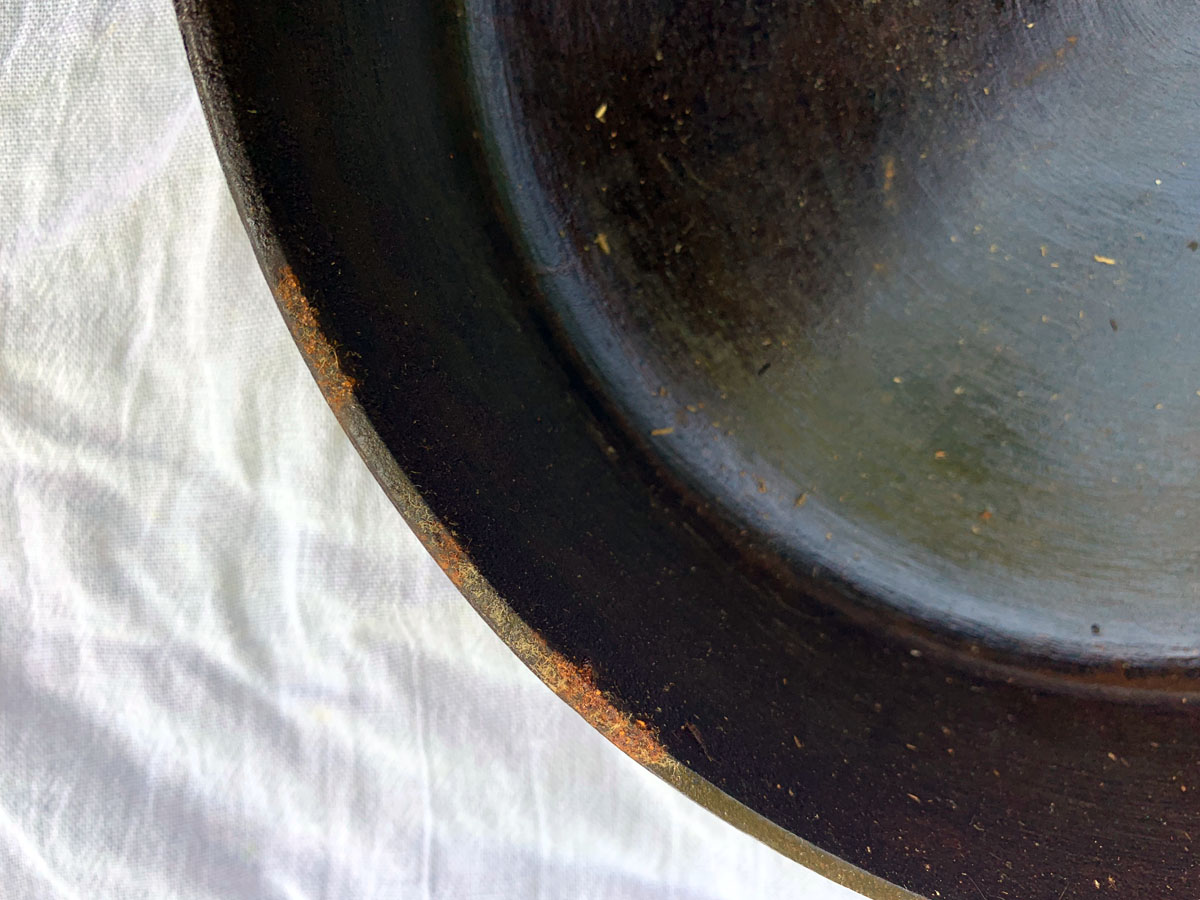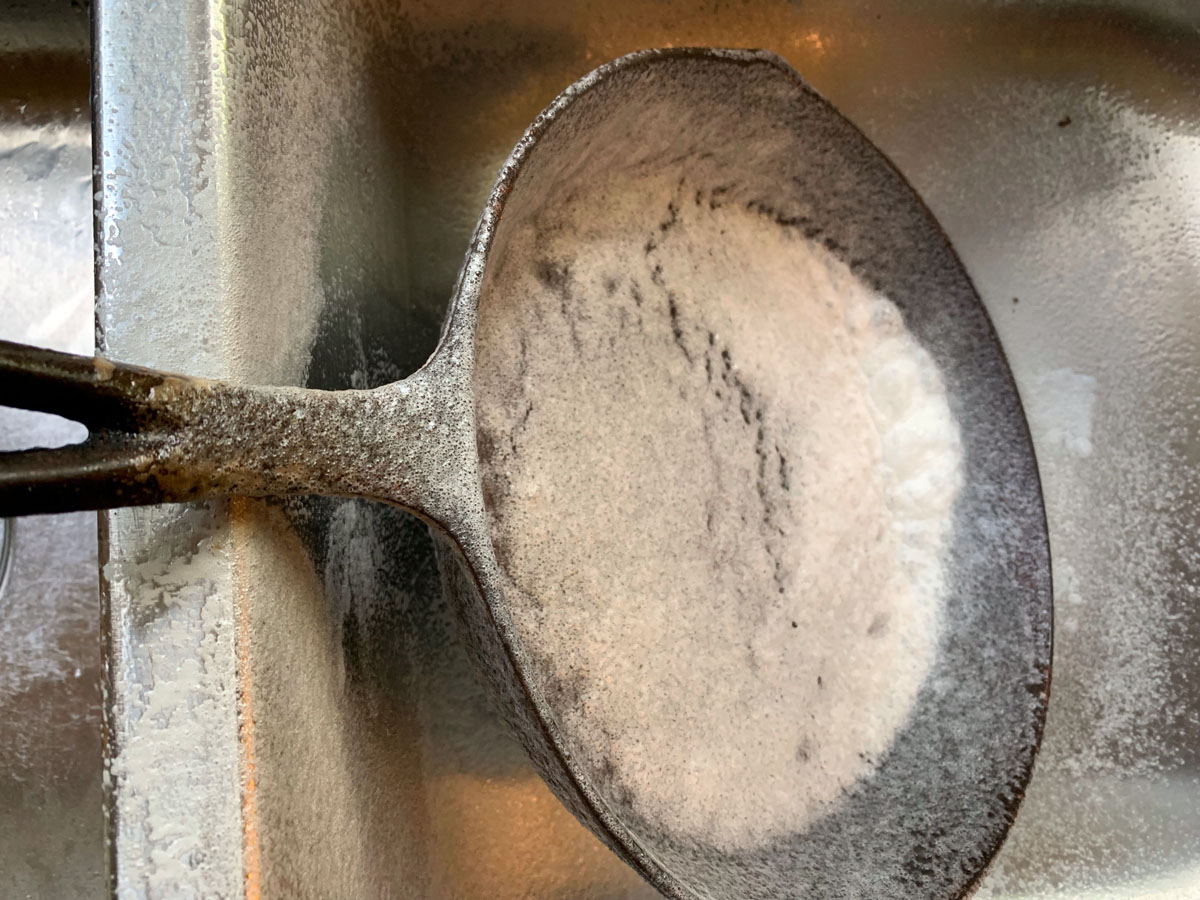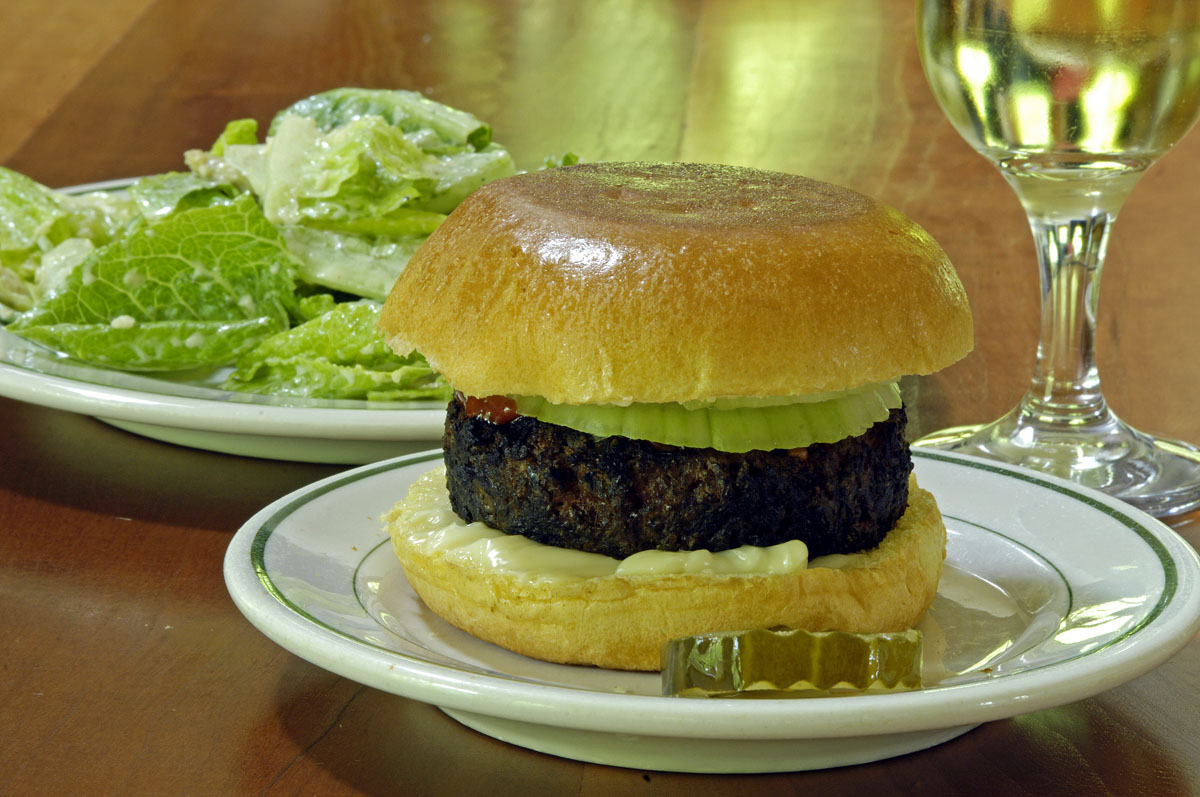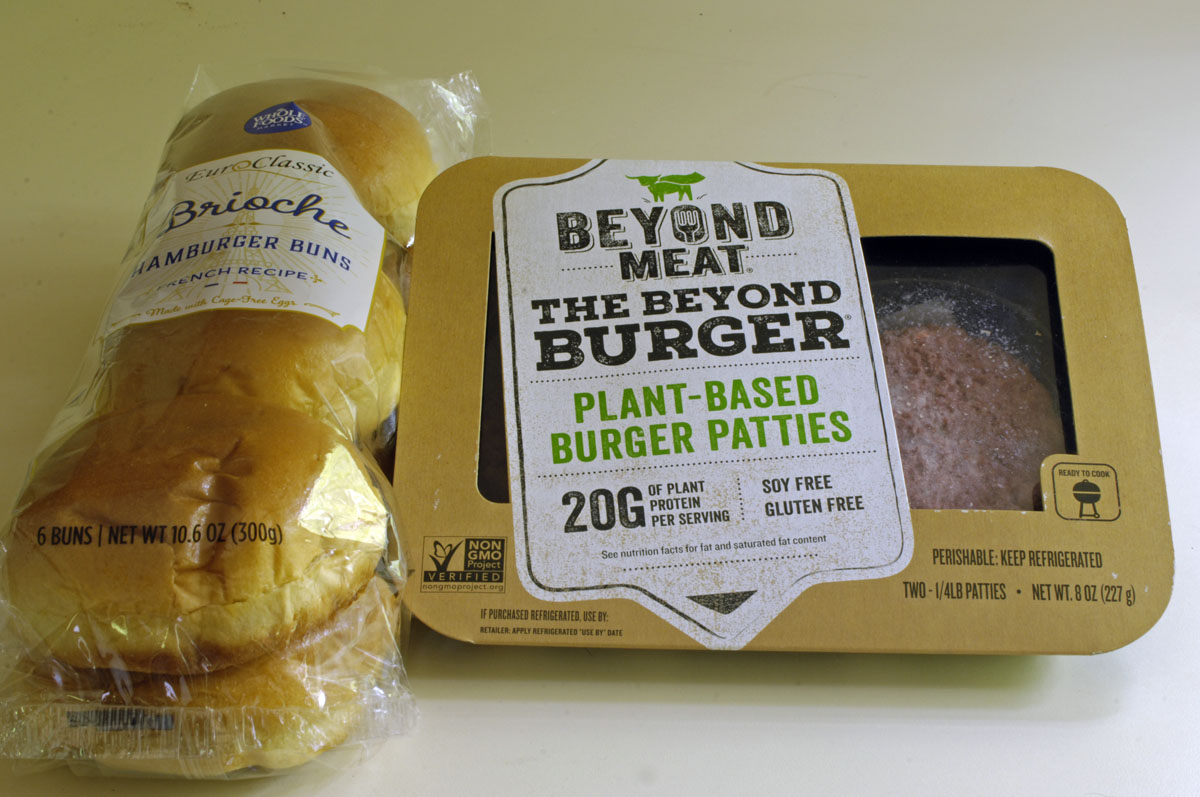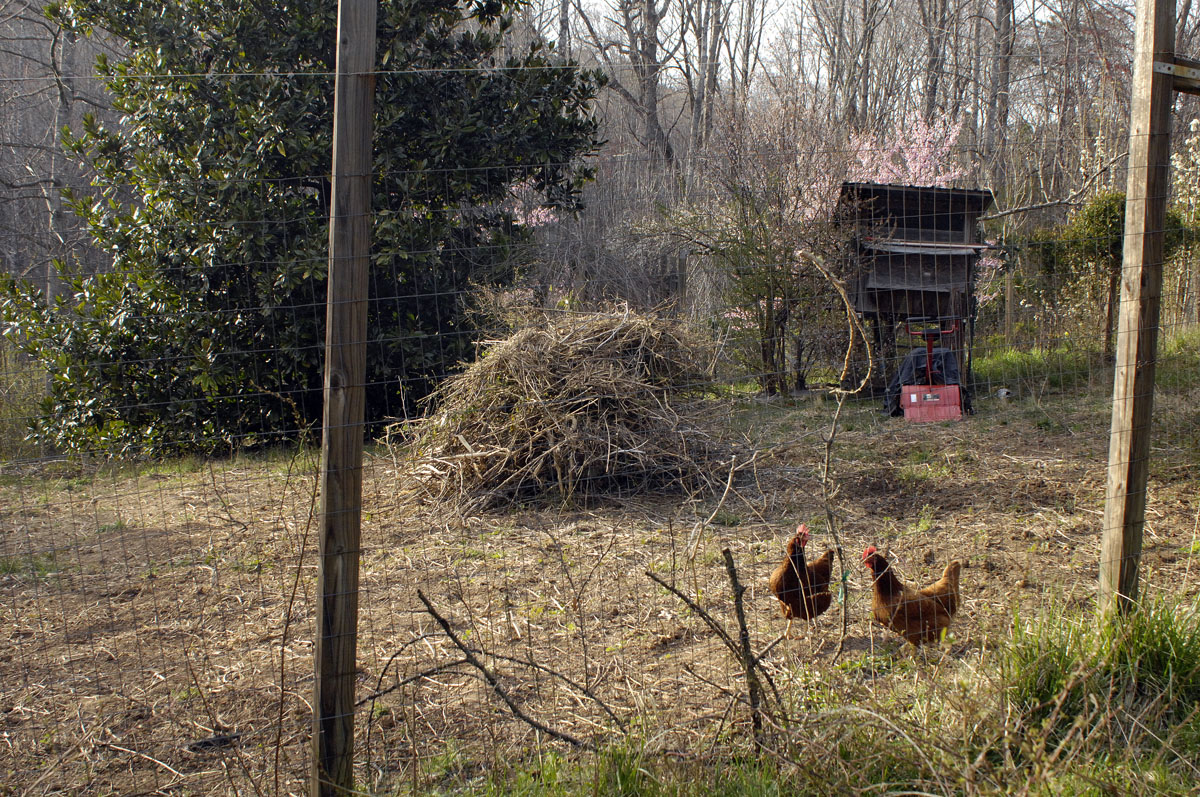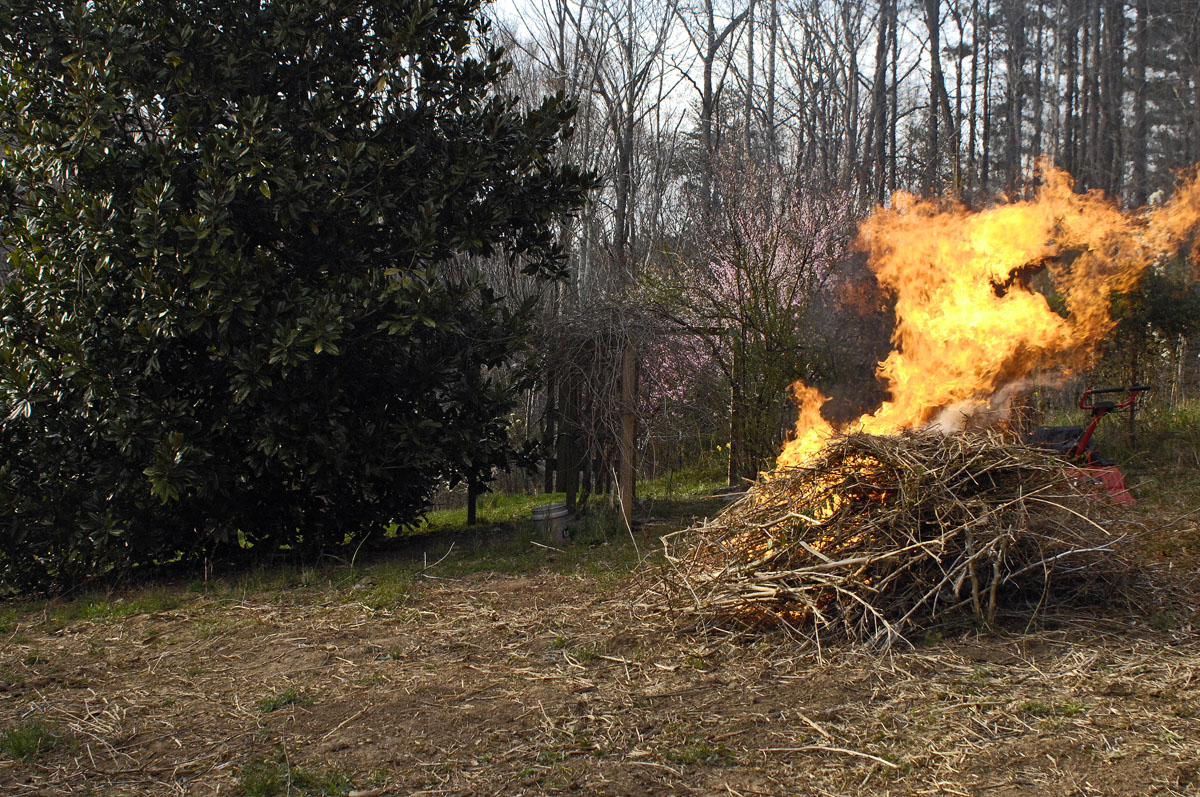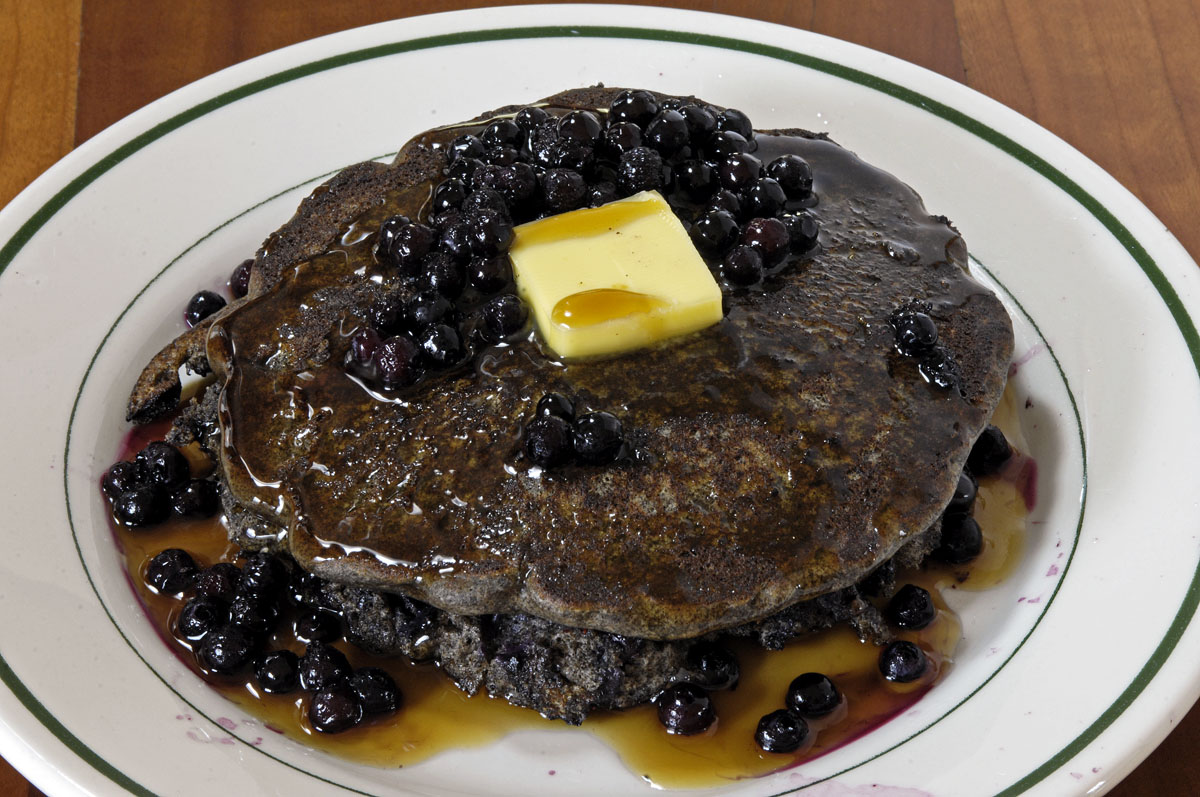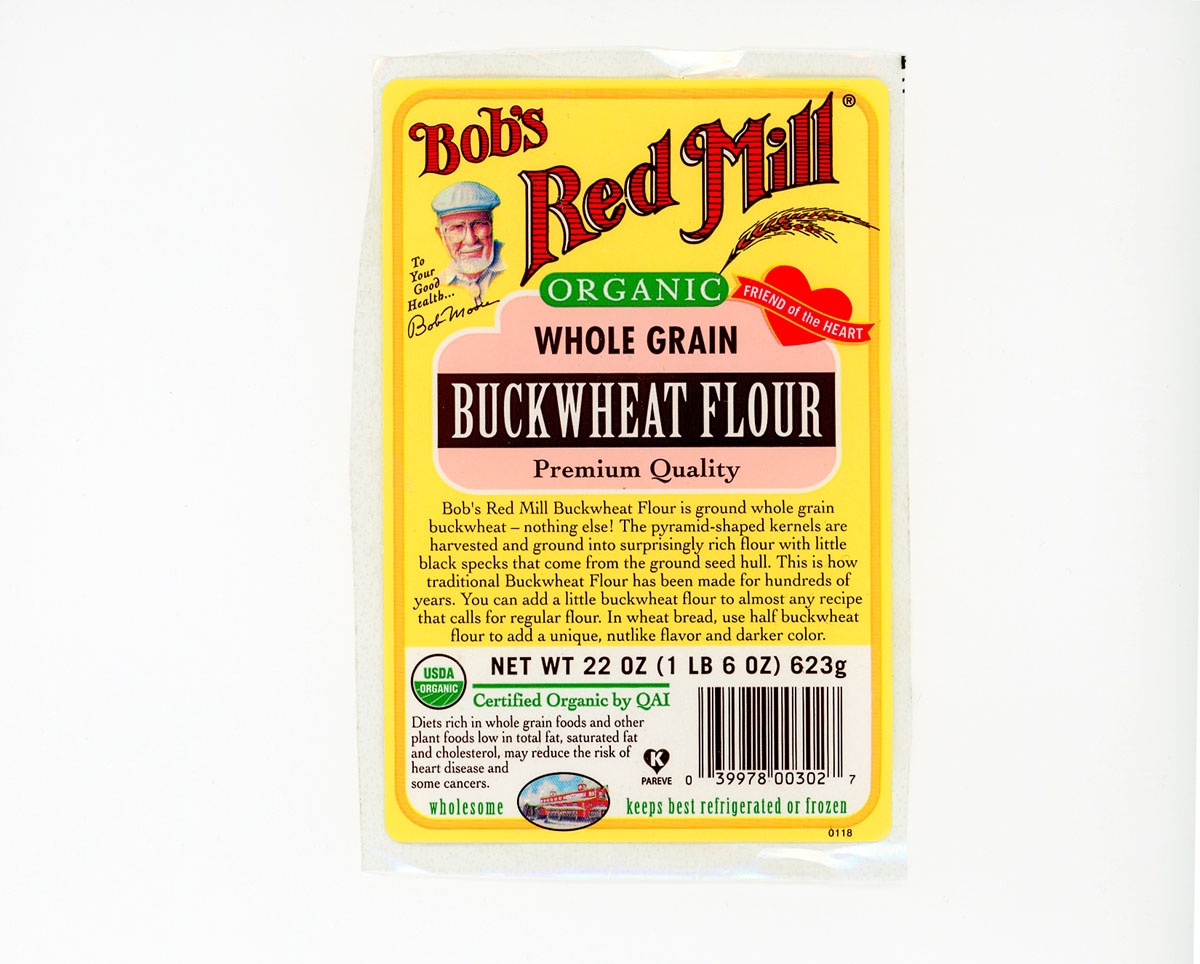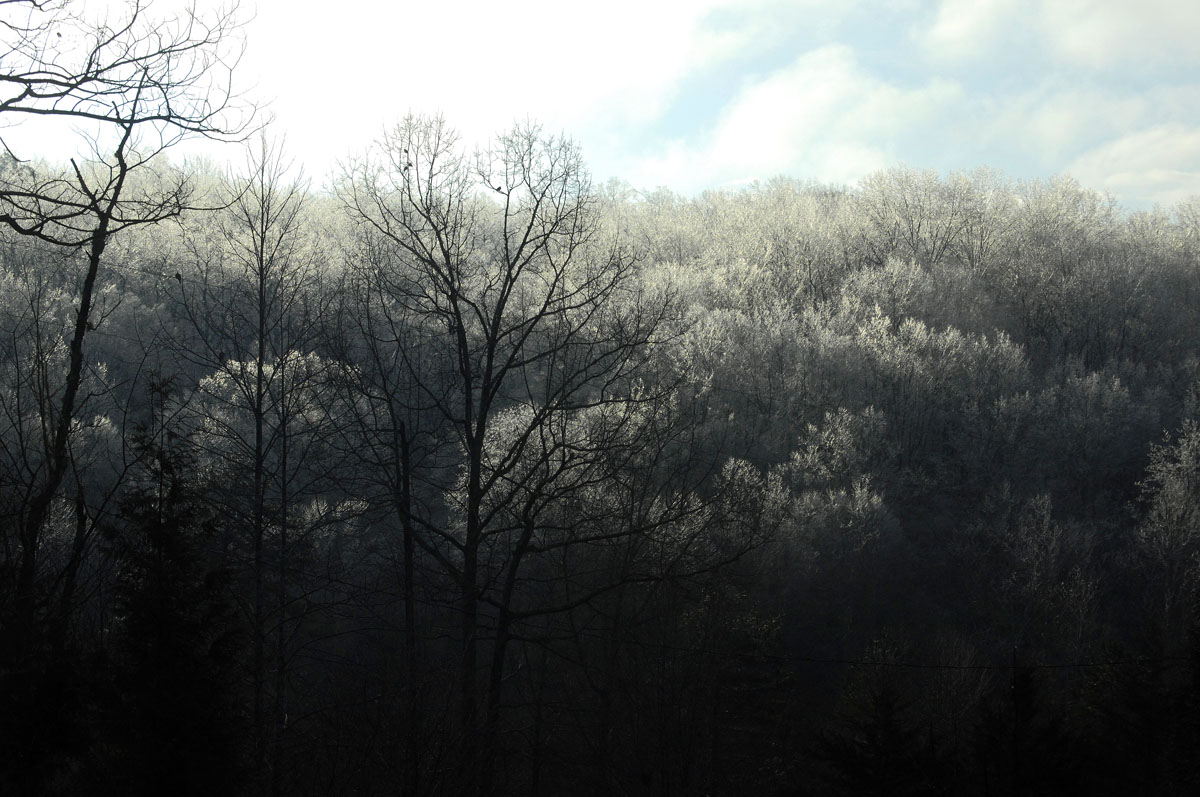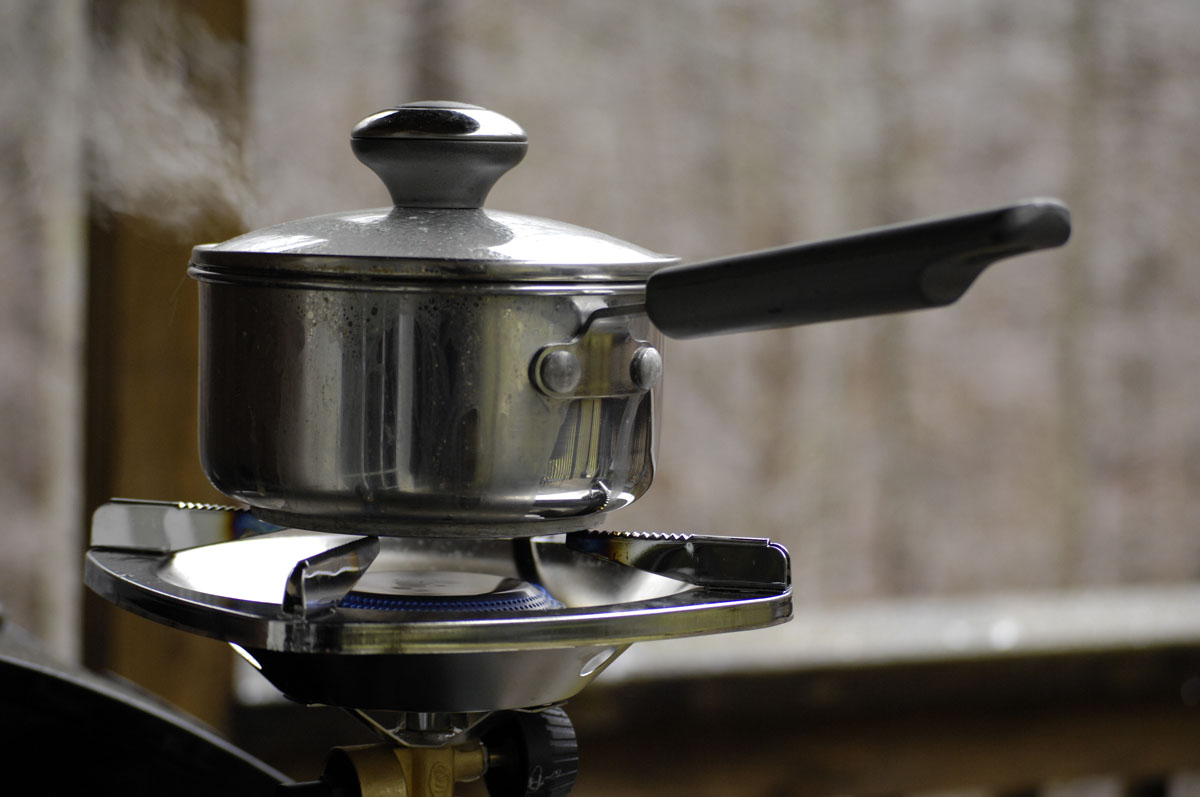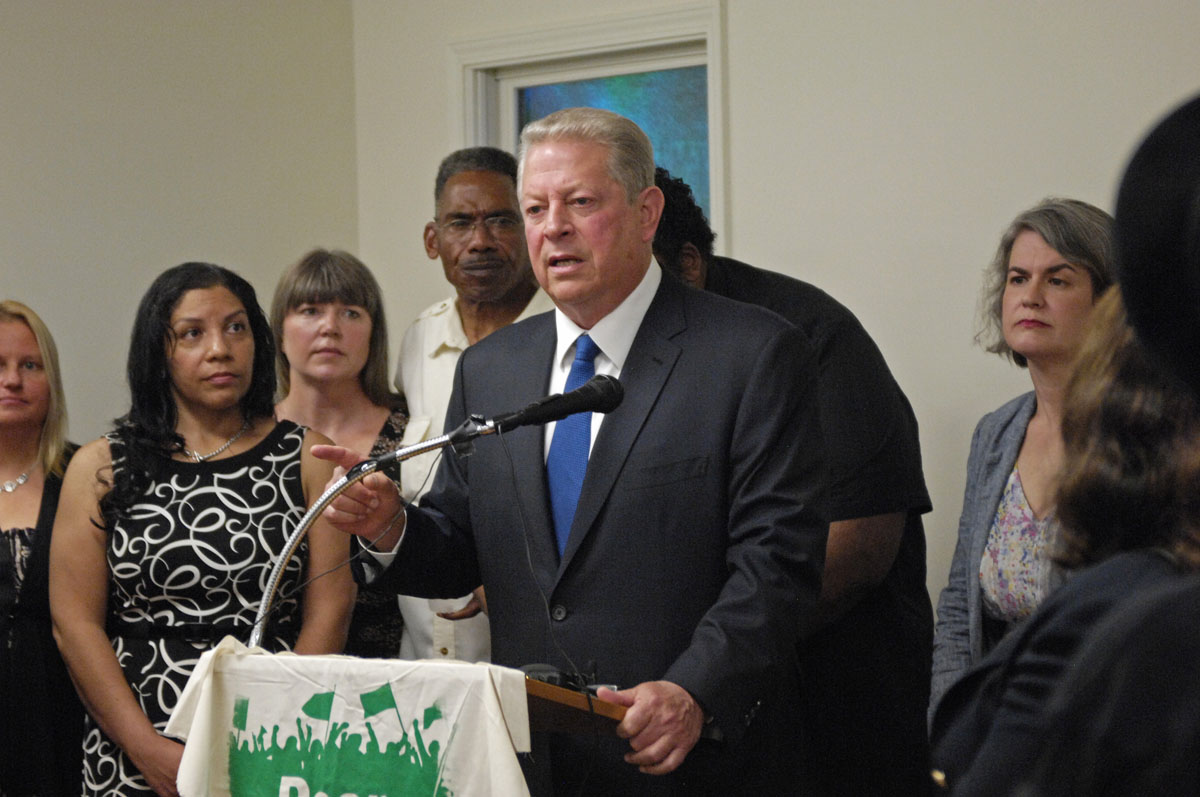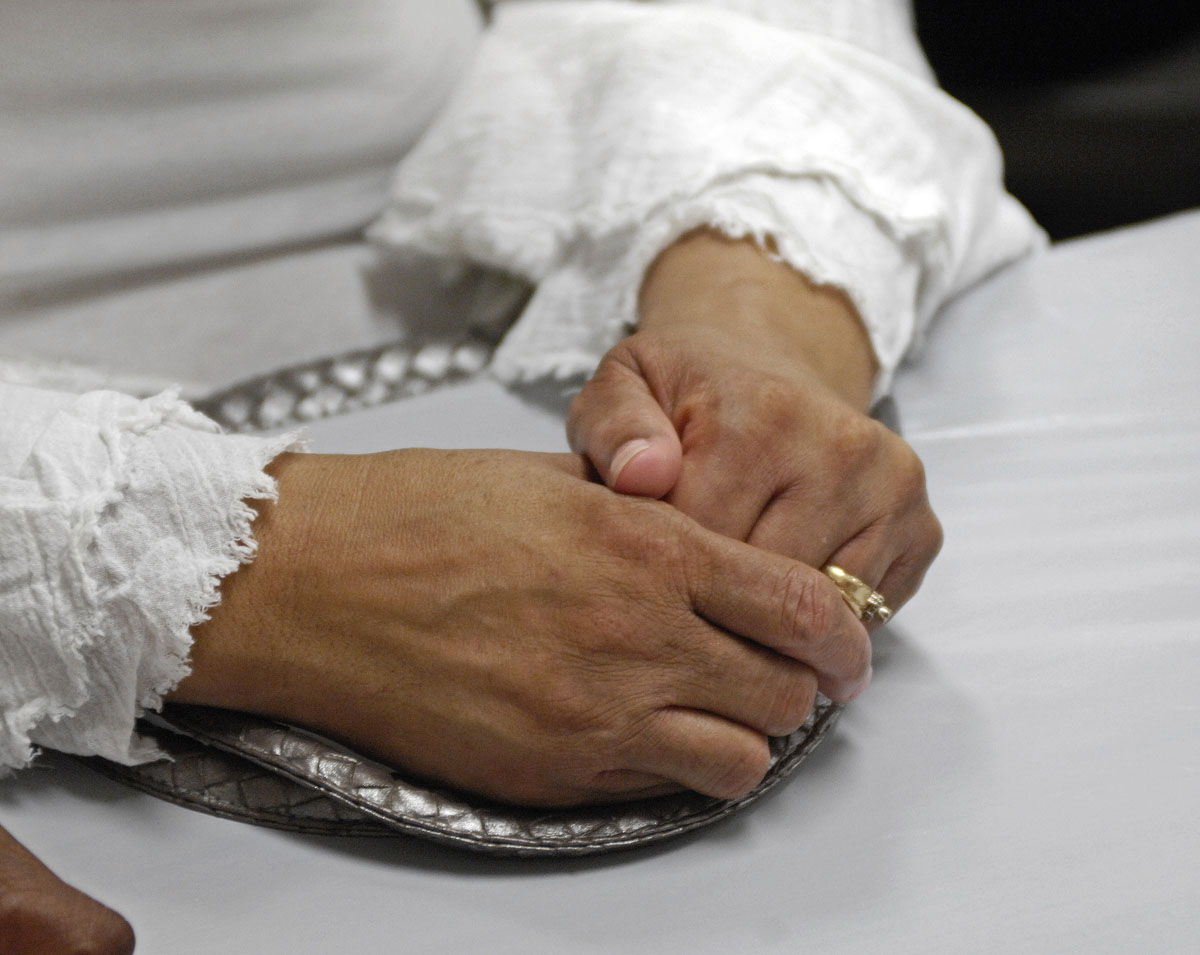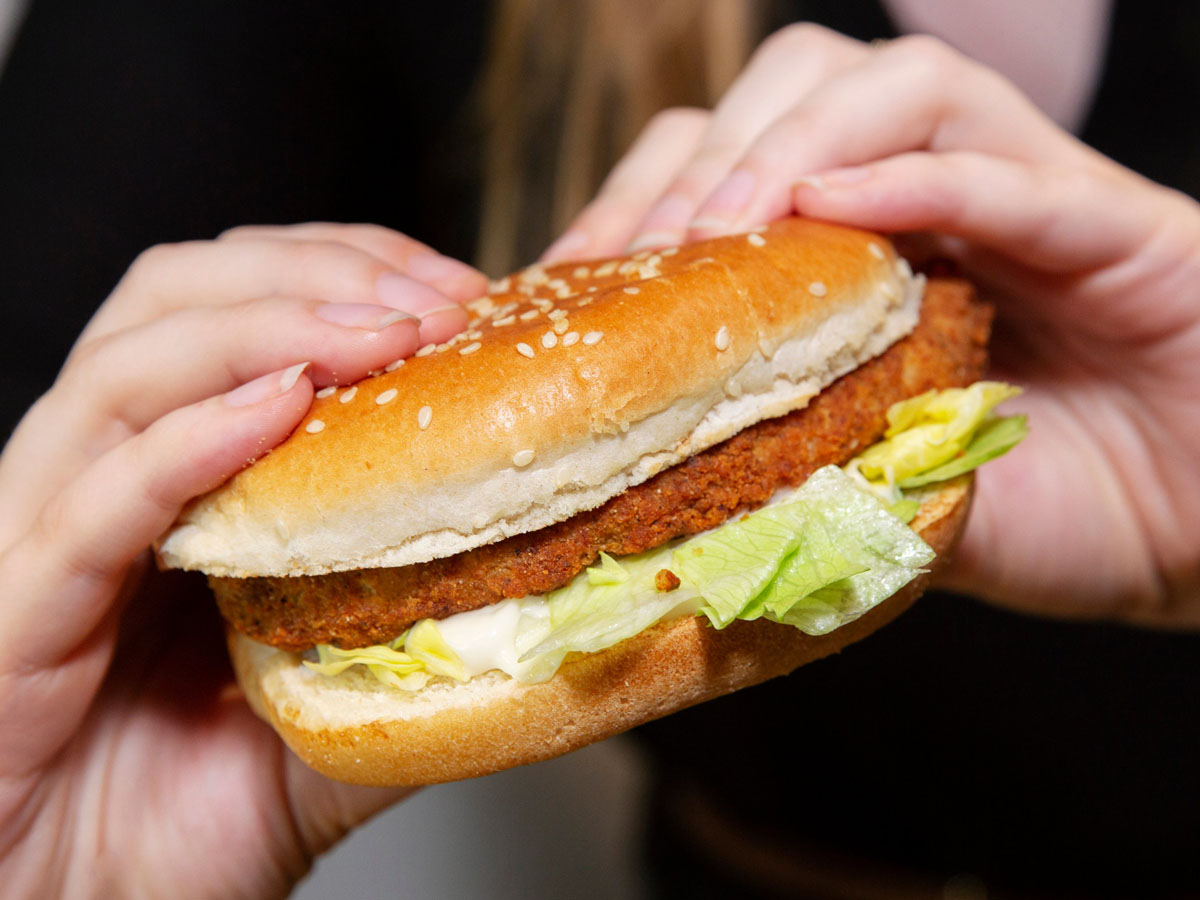
Kentucky Fried Chicken’s “Imposter Burger.” It’s Quorn! Source: KFC
As far as I can tell, Kentucky Fried Chicken’s test-marketing of the “Imposter Burger” was only in the United Kingdom. It sold out in no time. The Imposter Burger is a faux chicken sandwich, as opposed to Burger King’s “Impossible Burger,” which is faux beef. The KFC sandwich is made of Quorn, which I have written about here before (search for “Quorn” in the search box at the top right).
My understanding is that KFC’s version of Quorn uses the same patented recipe for the seasonings and coatings that KFC uses for its chicken. But Quorn also makes a seasoned version of it’s fake chicken. More on that below.
I am excited to see corporations jumping into this market. And it’s extremely encouraging that, when fast-food mega-corporations have test-marketed meat-free alternatives, people have jumped on it. This trend is not going to be a market failure.
Earlier this month, Salon carried a piece with the headline “Is the Impossible Burger a threat to vegetarianism? The Impossible Burger is good, but it’s no substitute for creative, veggie-first vegetarian cooking.”
I would agree with that. I have been focused on vegetarian cooking for most of my life. Vegetarian cooking is not about finding substitutes for meat. Rather, it’s a cuisine in and of itself, with its own virtues. The truth is that I (and many people like me) don’t even like or crave meat all that much.
Last week (for example), I made a meat loaf out of some “Beyond Burger” fake ground beef. I didn’t like it. It was vaguely disgusting, the way undercooked meat is disgusting to vegetarians. I only partially ate it and put the rest out back for my resident opossum (who eats well). I prefer my own vegetarian high-protein loaves, which are based on soybeans and such. I don’t know what they flavor Beyond Burger with, but it has a mysterious “gamey” taste that of course is intended to make it taste like meat, but which I find repulsive. I have no idea what these ingredients are in “Beyond Burger” that are meant to make it taste like meat. The label doesn’t specify. It just says “natural flavorings.” When “Beyond Burgers” are cooked on the grill, the grilled flavor predominates. When cooked in the oven, the gamey flavor predominates.
As excited as I am about Quorn, Burger King’s Impossible Burger, and KFC’s Imposter Burger, these analogs will not alter my diet in any significant way. They give me new options while traveling, but that’s about it. What is truly exciting is how promising these new foods are in reducing the amount of meat in the corporate diet that so many people rely on these days. Sure, Republicans will go right on insisting on “real” meat and passing laws in Republican legislatures to protect the meat industry, animal welfare and the environment be damned. But people who are kinder and more sensible than Republicans will have new alternatives that they seem to be eager for. Guess whose health will improve and whose will go downhill?
Quorn, by the way, makes a pre-seasoned analog chicken burger that looks a lot like KFC’s Imposter Burger. KFC’s version is seasoned by KFC, whereas Quorn’s version is seasoned by Quorn. I was surprised to find that I already had some of these Quorn “chicken” burgers in my freezer than I hadn’t got around to using. They’re dry, but they’re decently tasty. If you’re looking for these at the grocery store, they’re labeled “Chik’n Patties.” They’re in the frozen foods section. Make yourself a dipping sauce to overcome the dryness.
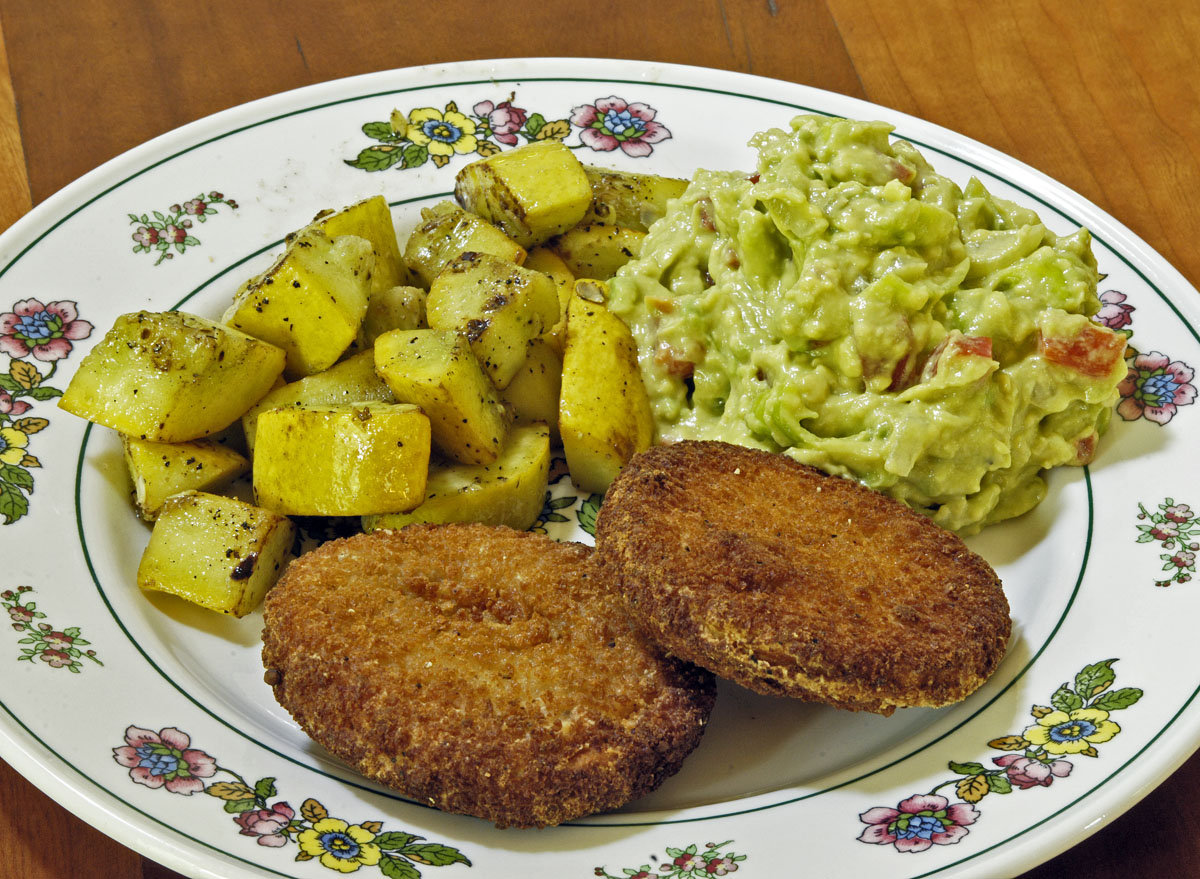
Quorn “Chik’n Patties,” stir-fried squash from a neighbor’s garden, and guacamole that includes banana peppers from the neighbor’s garden
Update: This today from the Washington Post: Beyond Meat’s latest plant-based burger is meatier, juicier and a big step closer to beef.

